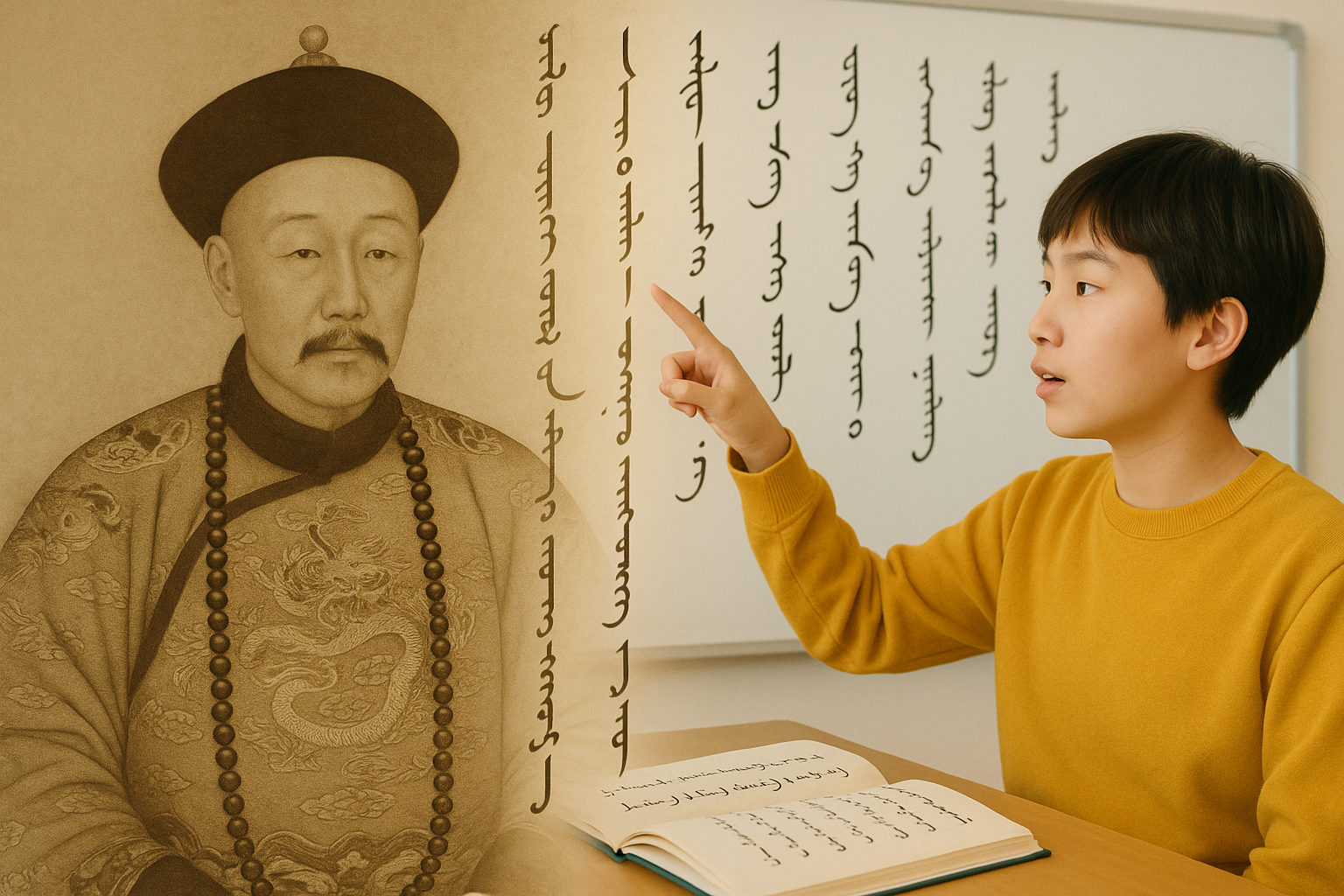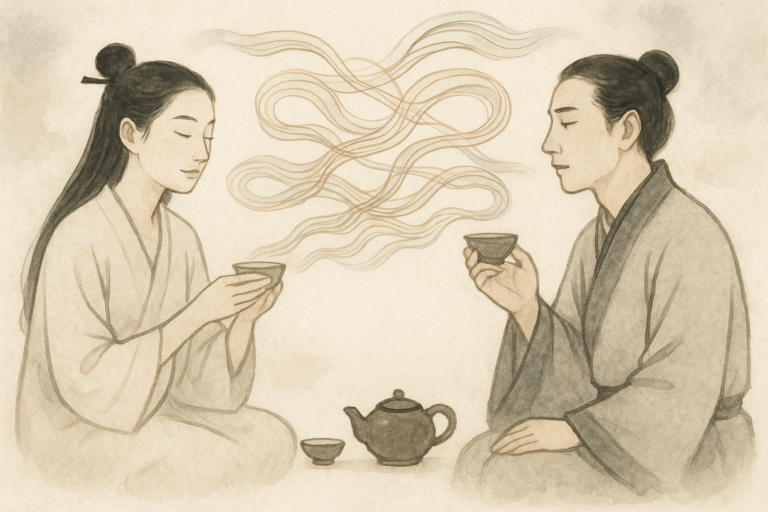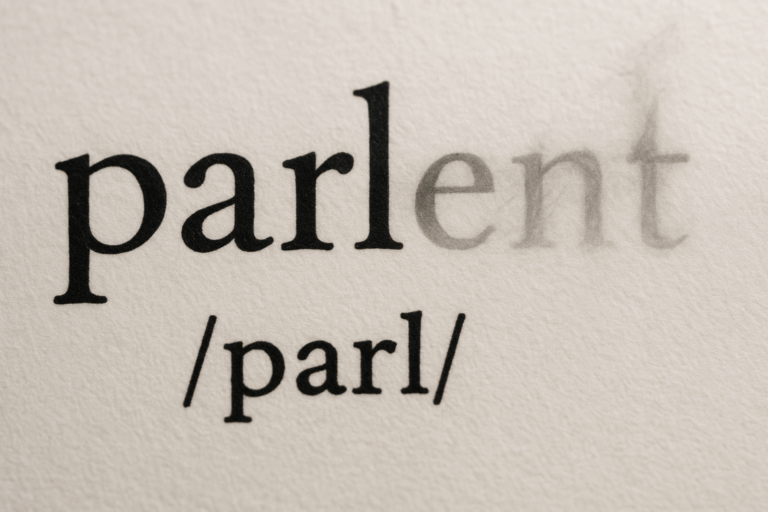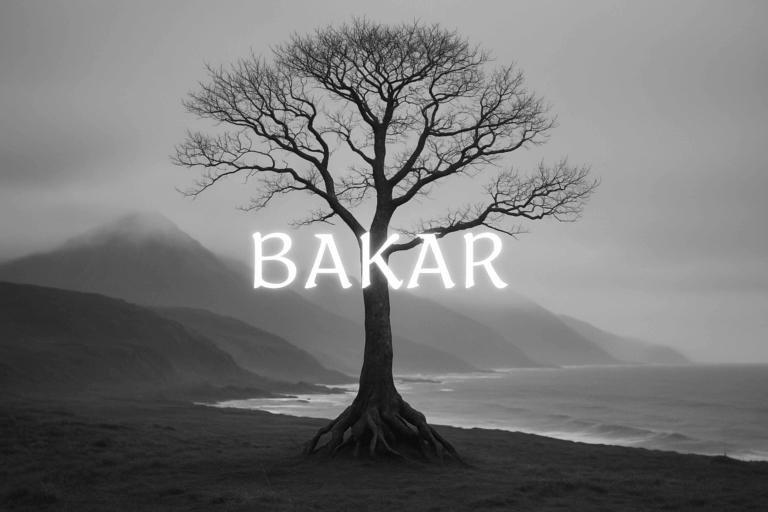Imagine a language that was once the law of the land for one of the world’s largest empires. A tongue spoken by emperors, inscribed on palace walls, and used to govern over 400 million people. For nearly three centuries, Manchu was the prestigious language of China’s Qing Dynasty (1644-1912). Today, that imperial voice has faded to a barely audible whisper. With only a handful of elderly native speakers remaining, the Manchu language is critically endangered—a living relic teetering on the brink of extinction.
This is the story of Manchu’s extraordinary journey from the language of conquest to a cultural artifact, and the passionate efforts to ensure its echo doesn’t vanish completely.
A Language Forged in Conquest
The story of Manchu begins not in the Forbidden City, but in the rugged plains of what is now Northeast China. The Manchu people were descended from the Jurchens, a semi-nomadic Tungusic people. In the early 17th century, a brilliant leader named Nurhaci united the disparate Jurchen tribes, laying the foundation for an empire. He understood that a unified people needed a unified identity, and a core part of that was a written language.
In 1599, Nurhaci commissioned the creation of a script for their spoken language. Rather than inventing one from scratch, his scholars adapted the vertical Mongolian alphabet, which itself was derived from the Old Uyghur script. The result was a beautiful, flowing script written in vertical columns from top to bottom, read from left to right—visually distinct from the character-based Chinese script.
When Nurhaci’s successors conquered Ming China and established the Qing Dynasty, they brought their language with them. Manchu became one of the official languages of the state. Imperial edicts, legal documents, and historical records were all written in Manchu, often alongside Chinese. To serve in the highest echelons of government, officials were required to have a command of the language. It was the sound of power, the key to the imperial court.
The Paradoxical Decline
How could the official language of such a powerful and long-lasting dynasty fade so dramatically? The answer lies in a classic case of cultural assimilation, often called Sinicization.
While the Manchu rulers established their language as a symbol of their authority, they were a tiny ethnic minority ruling over an immense Han Chinese population. For practical day-to-day governance across the vast empire, Mandarin Chinese was simply indispensable. The Manchu elite, living in Beijing and other major Chinese cities, were surrounded by Chinese language and culture.
Over generations, even the Manchu nobility began to find Chinese more useful and convenient. While they maintained Manchu for ritual and official purposes, Mandarin became their language of daily life. By the 19th century, many Manchu officials were more fluent in literary Chinese than their own mother tongue. The imperial court had to provide Chinese-language tutors for Manchu princes who could no longer speak their ancestral language fluently.
The fall of the Qing Dynasty in 1912 was the final blow. With the empire gone, the Manchu language lost its prestige and political function. Manchu identity became a liability in the new republic, and speaking the language was often discouraged. The linguistic ecosystem that had sustained Manchu, however artificially, collapsed entirely.
Anatomy of a Fading Tongue: What Makes Manchu Unique?
Losing Manchu means losing a unique window into a different way of structuring thought and sound. Its features set it apart from its dominant neighbor, Chinese, and connect it to a wider family of languages across North and Central Asia.
The Elegant Vertical Script
As mentioned, the Manchu script is an alphabet, not a logographic system like Chinese. Each symbol represents a sound, making it relatively easy to learn to read. Its vertical columns and distinct letter shapes, sometimes with dots and circles to differentiate sounds, give it an elegant, flowing appearance that is immediately recognizable.
Vowel Harmony
Manchu exhibits vowel harmony, a feature common in Tungusic, Turkic, and Mongolic languages. This unwritten rule dictates that the vowels within a single word must be of the same “class” or “family” (e.g., front vowels like ‘e’ and ‘i’, or back vowels like ‘a’, ‘o’, ‘u’). This gives the language a melodious and phonetically consistent quality. For example, the suffix for “in” is -de after a word with front vowels (like emke-de, “in one”) but -do after a word with back vowels (like bodo-do, “in a plan”).
Agglutination: The “Lego Brick” Grammar
Unlike isolating languages like Chinese where each character is a single morpheme, Manchu is an agglutinative language. This means it builds words by “gluing” distinct suffixes onto a root word to specify its grammatical function. Each piece adds a clear, specific meaning.
- bithe (book)
- bithe-i (of the book)
- bithe-de (in/at the book)
- bithe-be (the book, as a direct object)
- bithe-ci (from the book)
This “Lego brick” approach creates long, complex words that can express what might take an entire phrase in English or Chinese. The word order is also typically Subject-Object-Verb (SOV), so a sentence might be structured as “I the book read.”
A Race Against Silence
Today, the fate of Manchu rests in the hands of a dedicated few. The last pockets of native speakers are found in remote villages like Sanjiazi in China’s Heilongjiang province. For decades, these elderly speakers were the only living library of the language.
But a quiet renaissance is underway. Spurred by a renewed interest in heritage and identity, descendants of the Manchus, alongside scholars and linguists, are mounting a rescue mission.
The fight to save Manchu isn’t just about preserving words; it’s about reclaiming a history, an identity, and a worldview that was nearly lost.
Modern efforts include:
- Digital Documentation: Linguists are creating digital archives, recording the last native speakers to preserve their pronunciation and vocabulary for future generations.
- Community Classes: Across China, and even online, passionate volunteers are teaching Manchu to younger people eager to connect with their ancestry.
- Academic Study: Universities are offering courses in Manchu, recognizing its immense value for studying Qing history, as countless original documents remain untranslated from Manchu.
- Cultural Revival: Enthusiasts practice Manchu calligraphy, sing traditional songs, and use social media to create a modern community of speakers, however small.
The challenges are immense. Without a country or a large, concentrated community of speakers, creating an immersive environment is nearly impossible. Manchu will likely never return as a language of daily communication. Yet, these efforts are profoundly important. They transform Manchu from a dying language into a treasured classical language, a key to unlocking the unfiltered history of an empire and a vital part of China’s diverse cultural tapestry.
The emperor’s voice may have faded, but if you listen closely, you can still hear its echo, sustained by the passion of those who refuse to let it fall silent.










